Picture this: It’s 1921 in Tulsa, Oklahoma. Greenwood Avenue glows with the shine of polished shoes and pride. Jazz hums through the air, Black-owned cars roll by Black-owned banks, and every storefront bears a family name that means something.
They called it Black Wall Street — and for good reason.
It was one of the most prosperous Black communities in America, where barbers, lawyers, doctors, and dreamers built an economy that said, “We’ll fund ourselves.”
But there’s a side to this story that isn’t just about tragedy — it’s about strategy.
Let’s uncover the hidden lessons of Black Wall Street and how we can rebuild that same spirit in 2025 and beyond.
Lesson 1: Ownership Is the Ultimate Power
When O.W. Gurley bought 40 acres of land in Tulsa, he didn’t just invest in dirt — he invested in destiny.
He refused to wait for permission. Instead, he created a town where Black people owned hotels, grocery stores, banks, schools, and newspapers.
Ownership gave Greenwood control over its economy. And that’s lesson number one:
When you own, you decide.
Today, we can take this blueprint into the digital age — through real estate, online stores, stocks, and intellectual property. The tools are different, but the principle is the same.
Lesson 2: Circulate the Dollar — Until It Comes Back Home
In Black Wall Street, the average dollar circulated 19 times before it left the community.
Nineteen times!
That means a dollar earned at the barbershop might pay for groceries, which paid a teacher, who spent it at the tailor, who deposited it in the community bank.
It was an economic ecosystem that thrived on trust and togetherness.
Today, our money leaves the community in seconds — through fast fashion, chains, and convenience. But what if we reclaimed that circulation digitally?
What if every time we clicked “Add to Cart,” we asked:
“Who does this purchase empower?”
That simple question could rebuild an empire.
Lesson 3: Education Was the Real Currency
The entrepreneurs of Greenwood didn’t just make money — they understood it.
They held financial meetings, mentored young people, and taught their children not just how to work for wealth, but how to protect it.
Every business was a classroom.
In 2025, our classrooms are podcasts, YouTube channels, and family meetings. The next Black Wall Street won’t be built on oil money — it’ll be built on information and innovation.
Because knowledge is the new land.
Lesson 4: Unity Over Ego
Imagine hundreds of businesses thriving side by side — barbers supporting bankers, bankers supporting teachers, and teachers raising the next generation of entrepreneurs.
That’s community wealth in motion.
No competition. No envy. Just collaboration.
Too often now, we think success means “me over you.” But in Greenwood, it meant “us over everything.”
The next Black Wall Street won’t need permission — it’ll need participation.
Lesson 5: Protect the Legacy with Structure
Here’s what many never talk about: Greenwood’s tragedy wasn’t just the massacre — it was the loss of structure.
Without insurance payouts or trust systems in place, families couldn’t rebuild. Generations of wealth disappeared overnight.
That’s why, in our era, structure is survival.
From LLCs to family trusts, from life insurance to business succession plans — we must build systems that outlive us.
A business without a blueprint is a dream waiting to be erased.
Lesson 6: The Spirit of Greenwood Still Lives
When the smoke cleared in 1921, people assumed it was over. But many residents stayed, rebuilt, and reopened their businesses.
That resilience is our inheritance.
They proved that wealth is not about what you have — it’s about what you refuse to lose.
And today, we honor them every time we buy Black, teach our kids financial literacy, or build something with our own hands.
The spirit of Greenwood is alive every time we choose ownership over dependency.
Lesson 7: Rebuilding in the Digital Age
Here’s the truth: The next Black Wall Street won’t look like the old one.
It’ll live on Shopify, YouTube, Stan Store, and investment portfolios.
It’ll be families creating digital products, teaching finance on social media, and owning shares instead of just sneakers.
The foundation hasn’t changed — just the platform.
We don’t have to rebuild what was.
We just have to reignite what is.
Final Word: The New Greenwood Is You
Black Wall Street wasn’t a place — it was a mindset.
It was the belief that we can build, fund, and protect our own prosperity.
And now, 100 years later, it’s our turn to take that torch.
Whether you start a family bank, open a business, invest in a stock, or teach a child about compound interest — you’re part of the new movement.
The hidden lesson of Black Wall Street isn’t that it was destroyed — it’s that it can rise again.
Because wealth built with purpose never truly dies.
#BlackWallStreet #TulsaHistory #GenerationalWealth #RebuildBlackWealth #BlackDollarAndCulture
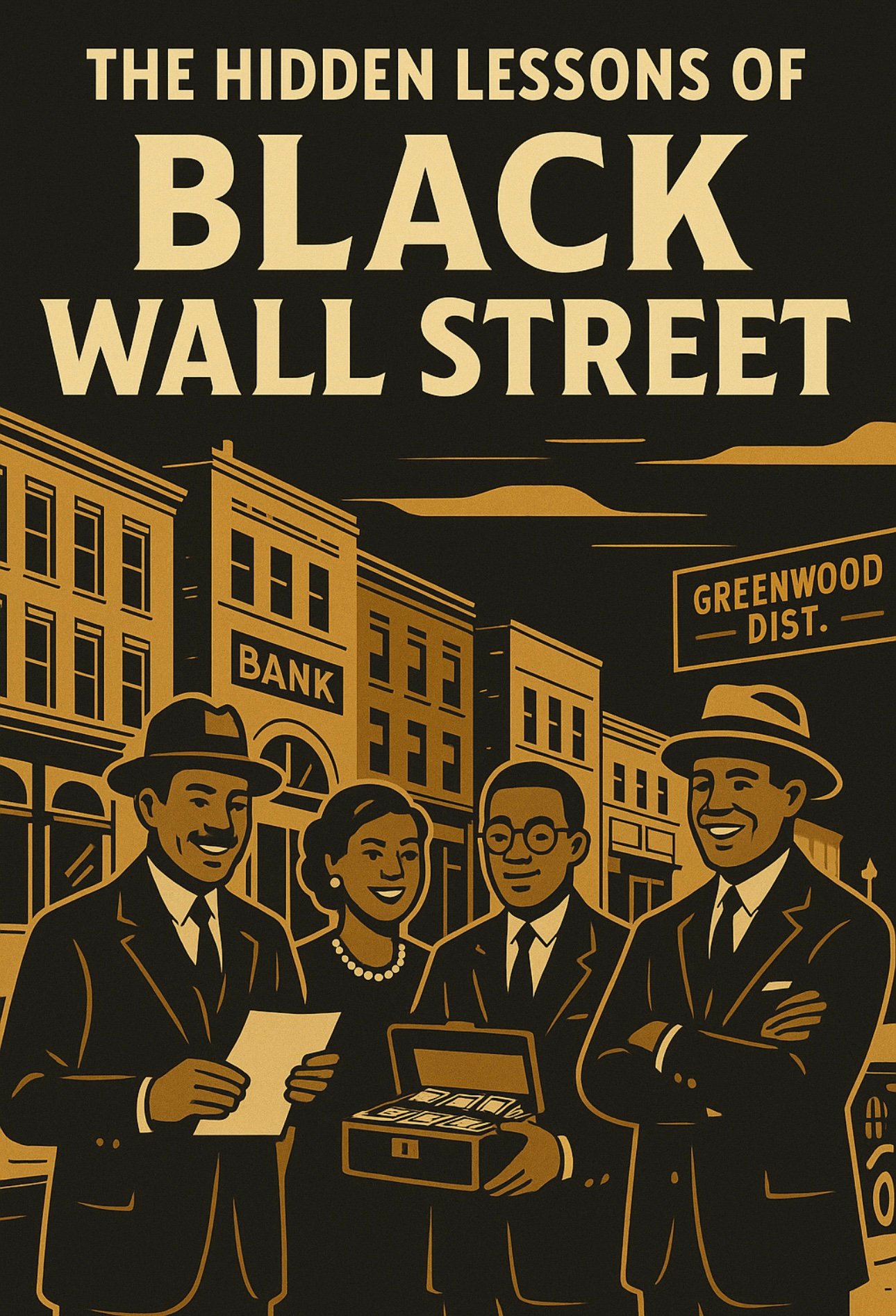
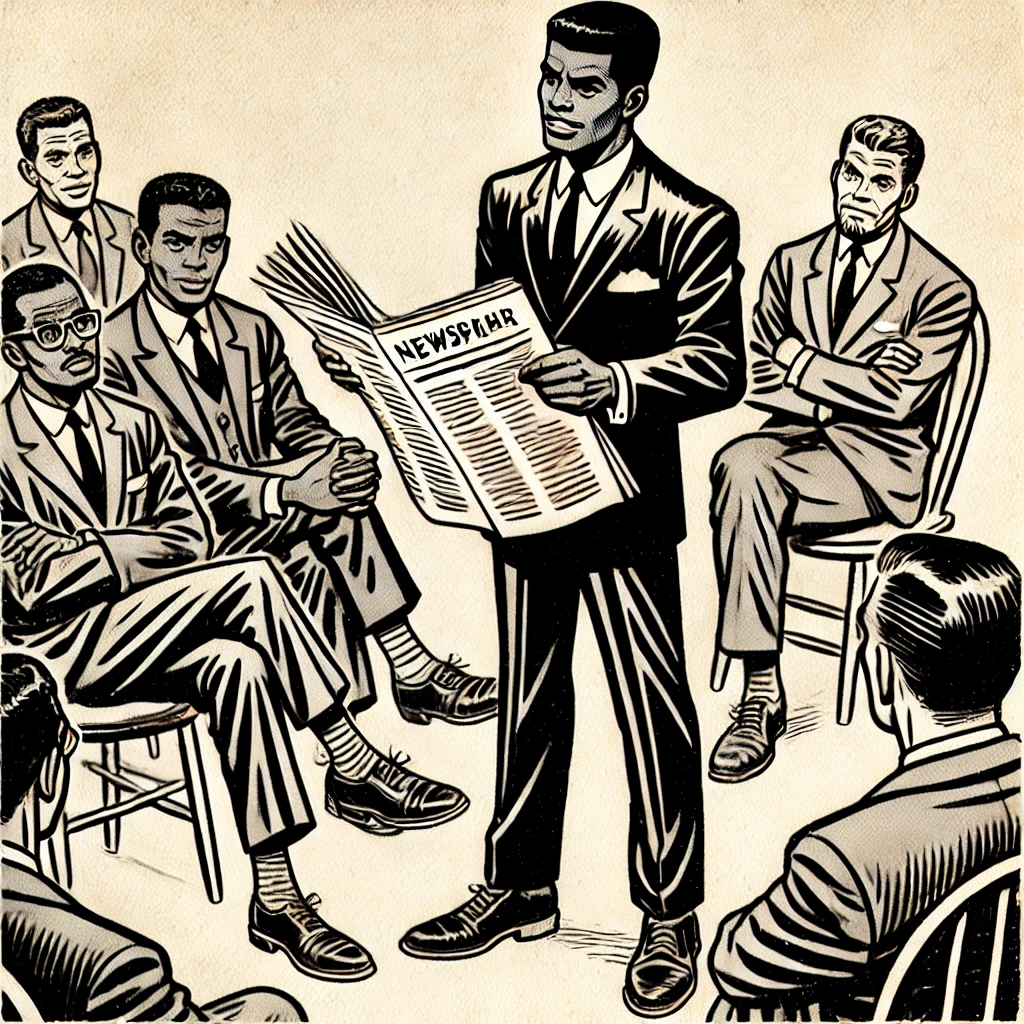
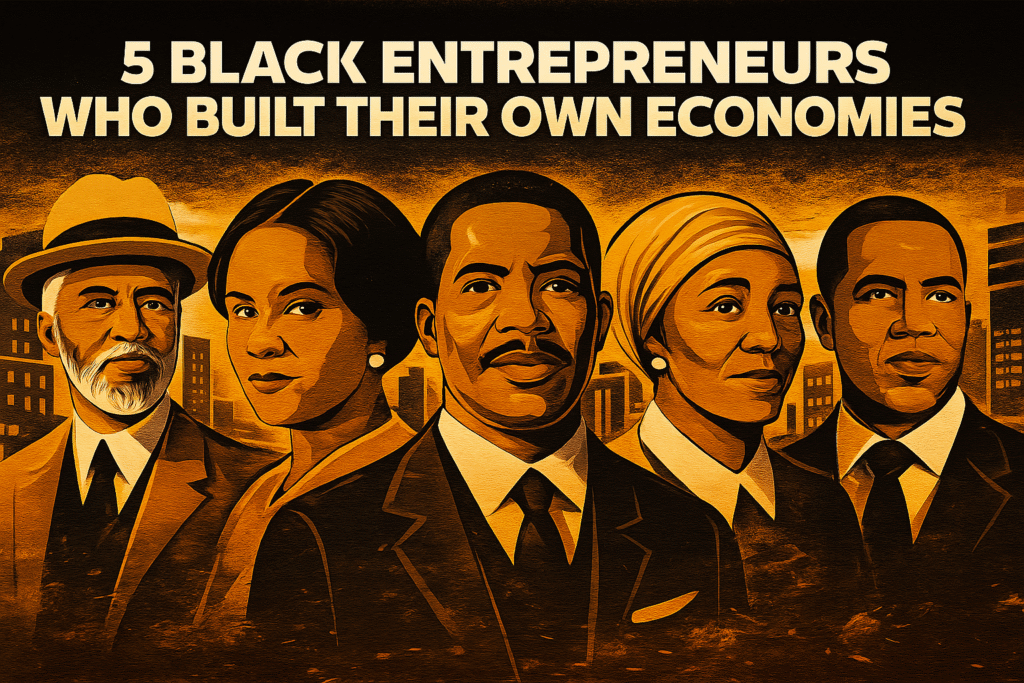

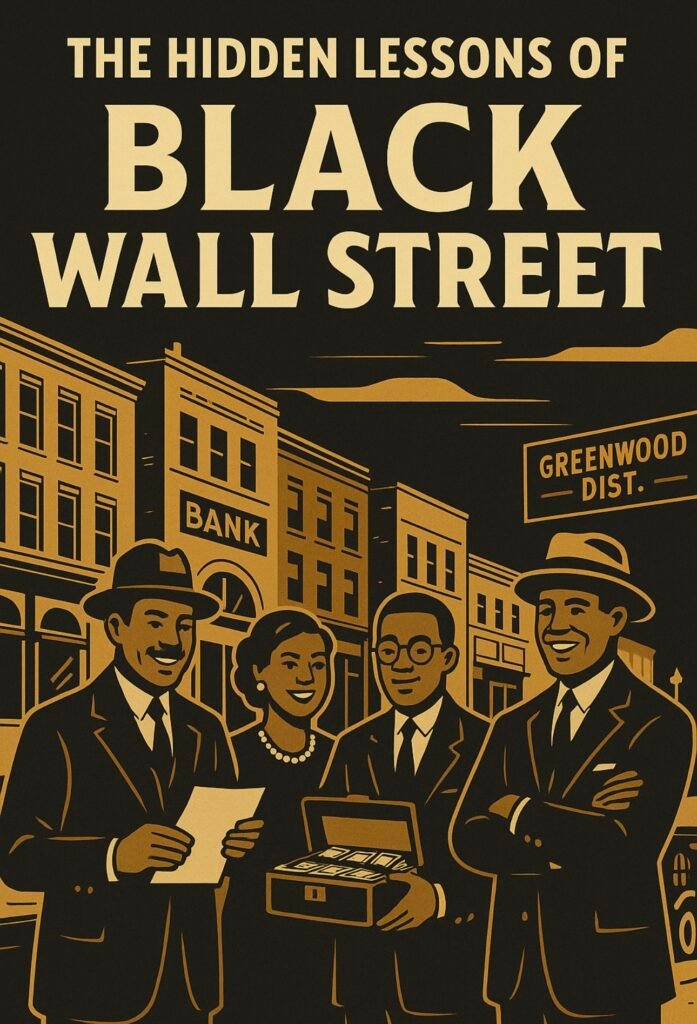
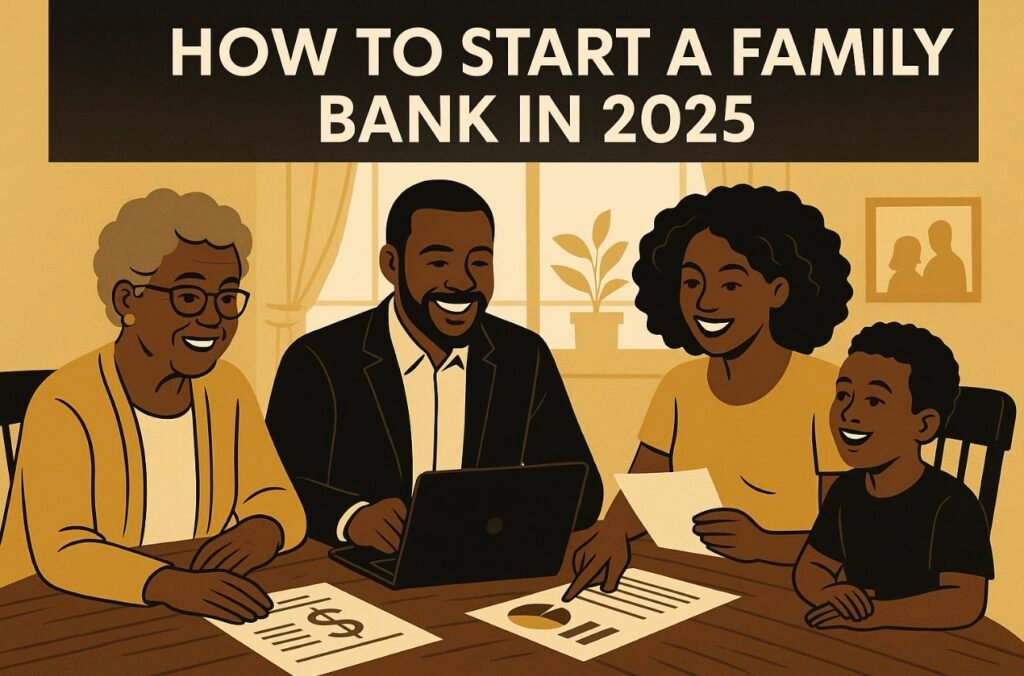

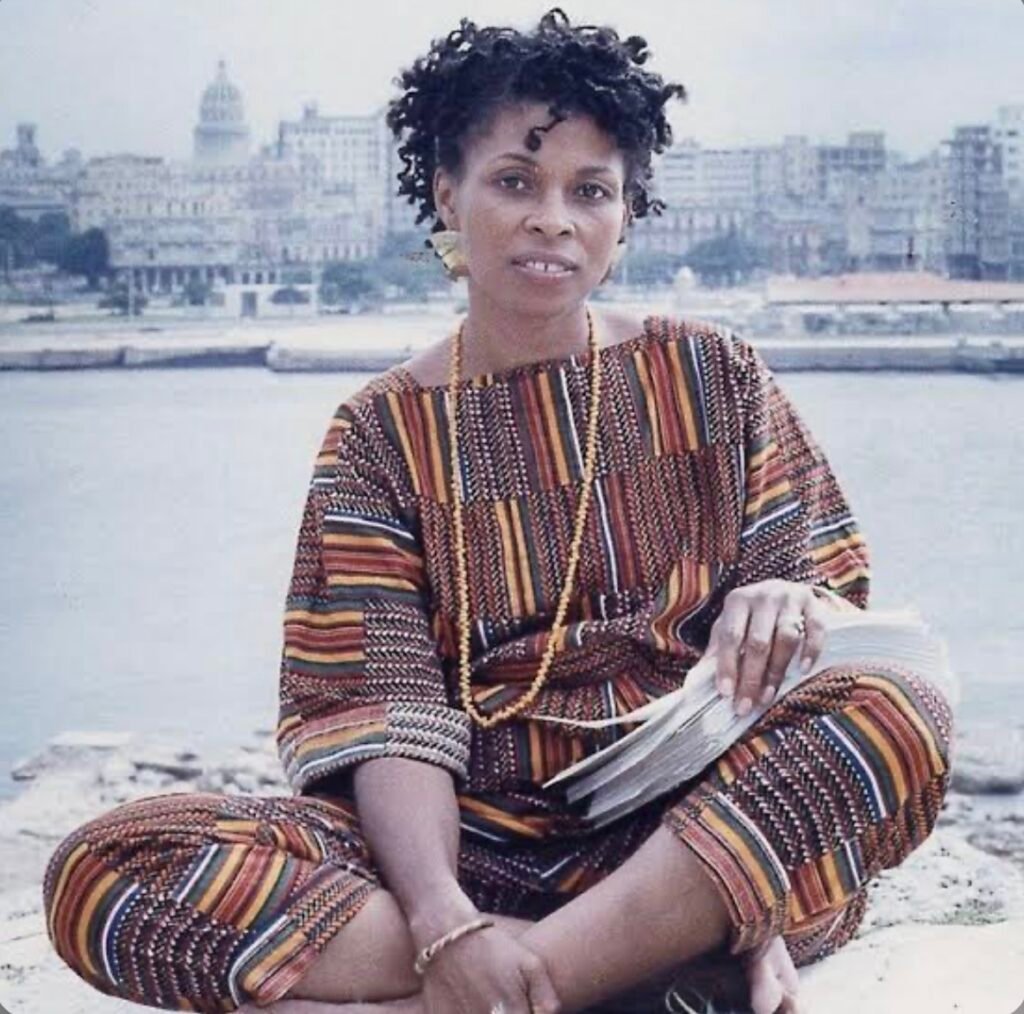
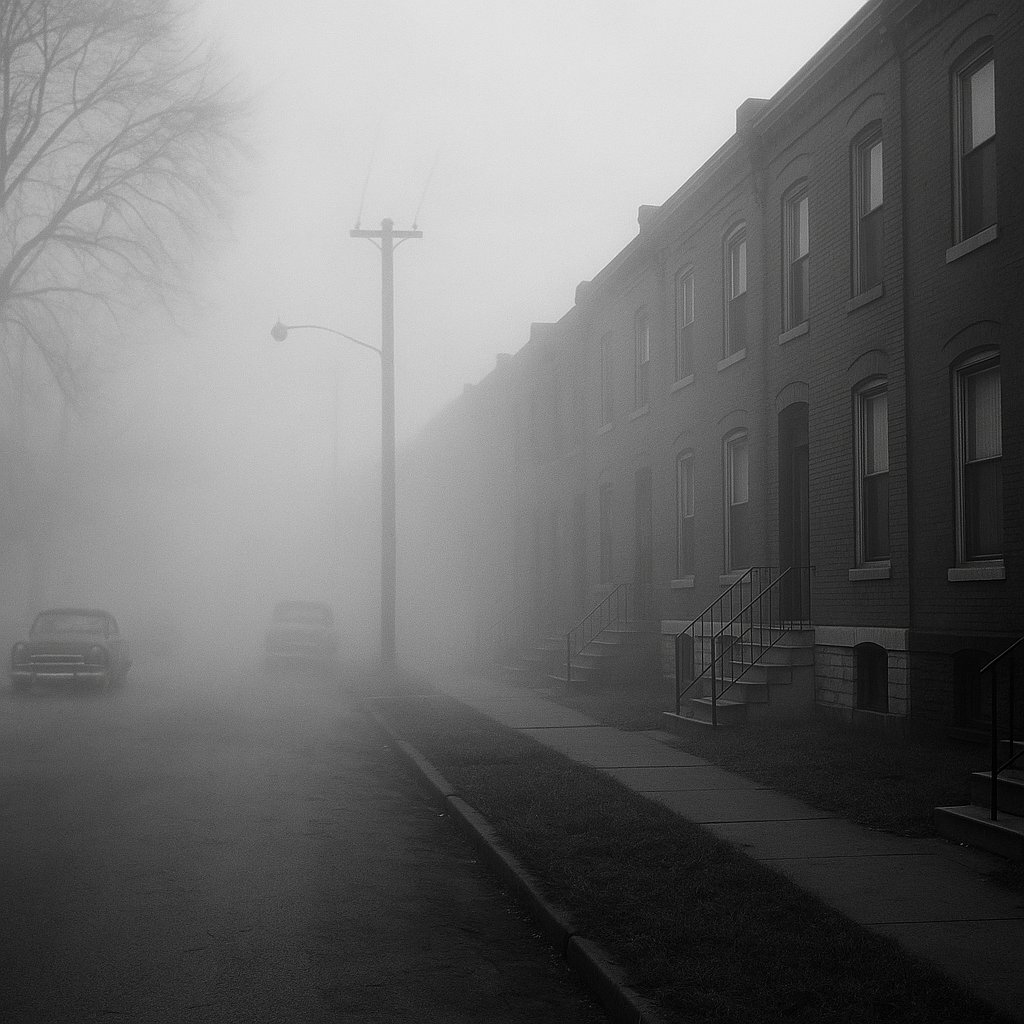
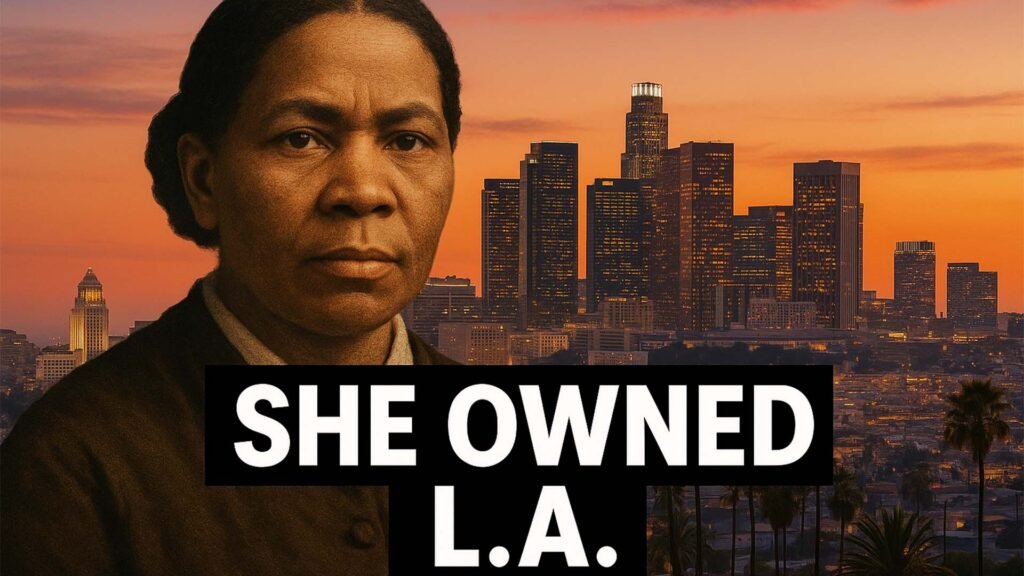

One Response
Excellent web site. Plenty of helpful information here. I’m sending it to a few friends ans also sharing in delicious. And of course, thank you to your sweat!